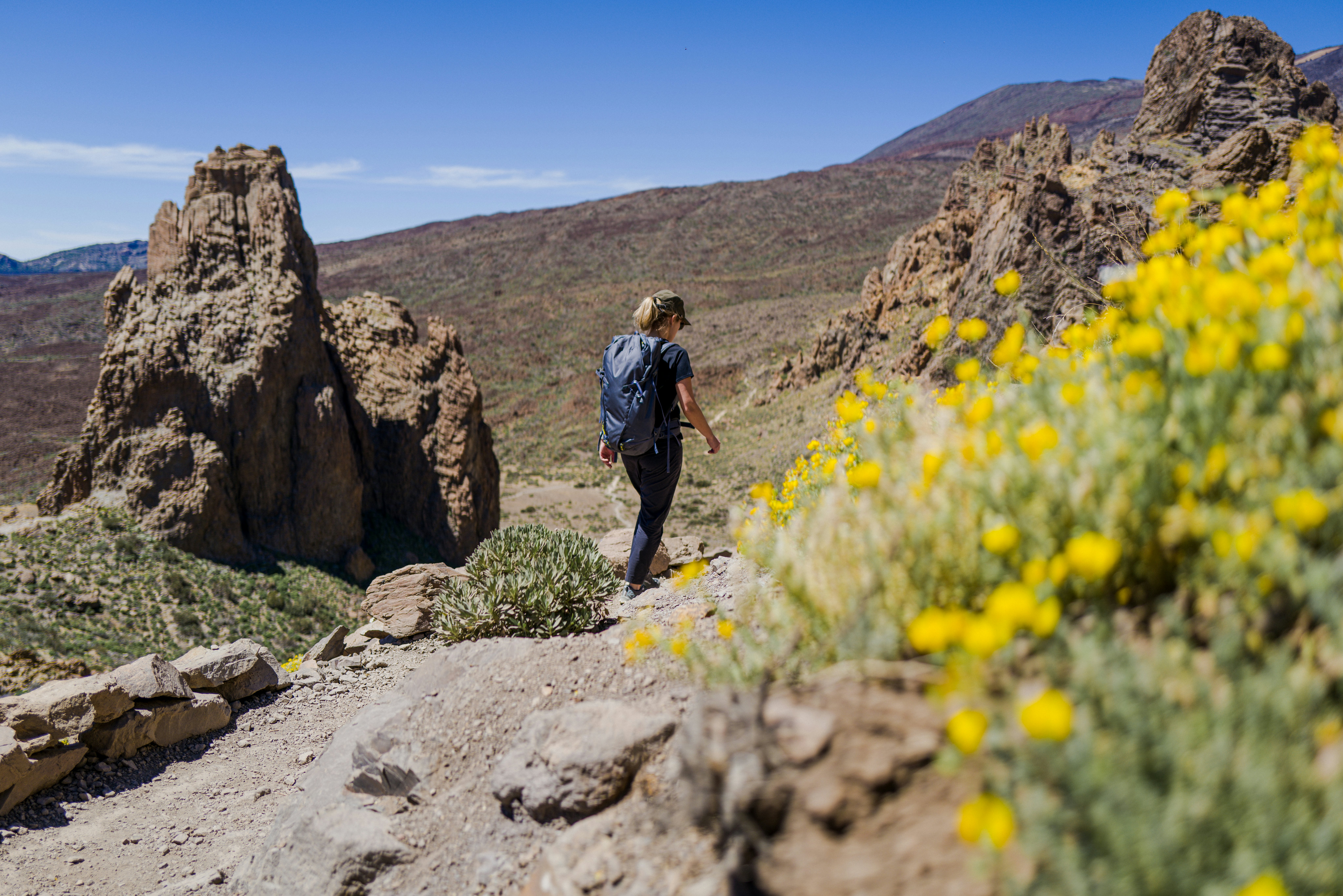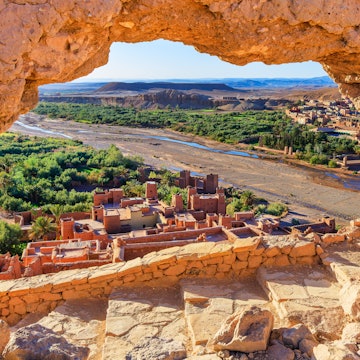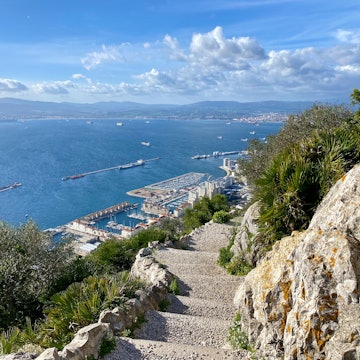

Many surfers rank the winter months as the top time to catch waves in the Canary Islands. Getty Images
Isabella spent weeks researching Lanzarote and Tenerife for the latest Canary Islands guidebook. Here she shares her top tips on when to book your tip.
The Canary Islands are well known as Europe’s favorite winter-sun destination, yet this beautiful, lava-sculpted Spanish archipelago is a treat to explore year-round.
The pleasantly warm subtropical climate means there’s never really a bad time to head to the Canaries, with temperatures rarely dipping below 15°C (59°F) in coastal towns during cooler months and most local businesses staying open all year. The region’s dramatic geography and remote Atlantic location off the North African coast mean it also has hugely varied microclimates, sometimes within a single island. Often, southern coasts are basking in the sunshine while northern stretches of the islands feel breezier, chillier and moodier.
With eight islands to pick from, you’re spoiled for choice in any month, whether you’re looking to kick back on the beach, catch a few surf waves, hike out into the volcanic hills or stock up on local produce at a weekly farmers market. No matter the time of year, Canarians will tell you to pack swimwear and beach gear as well as warm jackets and hiking shoes in the car each day. With just about any activity possible, you never know which you might suddenly need.
Here’s the lowdown on when to visit the Canary Islands.

December to February is best for enjoying winter sun, surfing and Carnaval festivities
High season in the Canary Islands kicks in from around mid-December to February, when northern Europeans flock to the sunny shores here as winter weather sets in back home. Daytime temperatures on the coast hover around 20°C (68°F), though it’s usually cooler inland and in the hills. Out in the countryside, pale-pink almond blossoms pop from around mid-January onwards.
Unsurprisingly, then, winter is when things feel busiest here, especially around the main beach-resort towns on the bigger islands. You’ll want to book well ahead for accommodation, car rentals, excursions and smart restaurants, and expect higher prices anywhere you stay.
For a quieter high-season trip, consider basing yourself away from the southern coasts of the beach-loving islands – places such as Teguise in central Lanzarote or Garachico in northern Tenerife. Or head to one of the three smaller western islands: remote El Hierro, hiking haven La Gomera or lushly green La Palma. If you’re keen to tackle Tenerife’s El Teide (Spain’s tallest peak at 3718m / 12,198ft) or other restricted hiking route, reserve permits well in advance. Note that the El Teide trail can sometimes close in winter due to snowfall.
The biggest event on the entire Canarian calendar, Carnaval, usually happens in February, and many people plan trips to attend the festivities (or to avoid them, as accommodation prices skyrocket). Santa Cruz de Tenerife and Las Palmas de Gran Canaria are the festive, glitter-filled epicenters of the annual event.
Many surfers rank the winter months as the top time to catch waves in renowned Canarian hubs like Famara (Lanzarote), Playa de las Américas (Tenerife) and El Cotillo (Fuerteventura). That said, most surf schools run classes year-round and calmer summer conditions might suit some beginners better. Winter is an ideal time to go whale spotting off Tenerife and La Gomera, too, where the waters have been a protected Wildlife Heritage Area since 2021.
This is also the most likely season you might experience calima, a hot dusty wind that sometimes sweeps across from the Sahara, especially affecting the eastern Canaries.

March to May and September to November are best for hiking and escaping the crowds
With the exception of Semana Santa (Easter Week), the islands feel refreshingly quieter during the spring months of March, April and May. This is a delight of a season for anyone keen on fewer crowds and good-value accommodation deals. It’s also a perfect time for hiking in the Canaries, with curious local flora bursting into bloom all over the archipelago and slightly warmer temperatures than in winter but still without any intense summer heat.
Autumn in the Canaries is similarly enticing for its more tranquil tourism scene and excellent hiking conditions, though October can bring some rain.
If you’re tempted to go diving in the Canaries, spring and autumn are generally considered the best seasons; local experts recommend October in particular, as the ocean is warmer and calmer.

June, July and August bring peak beach weather and local festivals
The Canaries’ second high season arrives in July and August, which coincides with the traditional Spanish summer-holiday period. As temperatures in many places climb to almost 30°C (86°F), Canarians hop over to other islands for summer beach break, in search of great swimming and snorkeling opportunities in warm waters at both volcanic beaches and gorgeous natural sea pools. Expect a hike in accommodation prices; June is generally more relaxed than later in the summer.
With careful planning, in early July you might catch El Hierro’s fabled Bajada de la Virgen, a festival that involves a procession of an image of the westernmost island’s patron saint across its entire length, accompanied by dancing, music and singing. The Bajada only happens once every four years, however – with the next edition due in July 2025. La Gomera and La Palma host their own Bajadas every five years, also in July. Another beloved annual summer festival in the Canaries is San Juan, in late June, when people light bonfires and party on the beach overnight.
The vendimia (harvest) season kicks off for Canarian vineyards in summer too, starting in mid-July with La Geria in Lanzarote, where you’ll see malvasía grapes hand-picked from vines planted in circular holes during Europe’s earliest harvest. While some wineries close to visitors at this time (they’re simply too busy collecting grapes), others make the most of it with harvest festivals, dedicated experiences and other wine-world fun.














